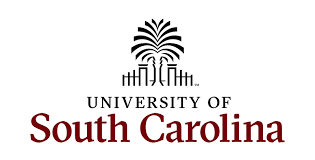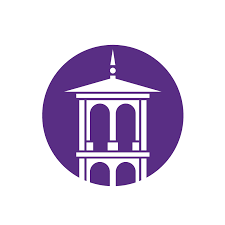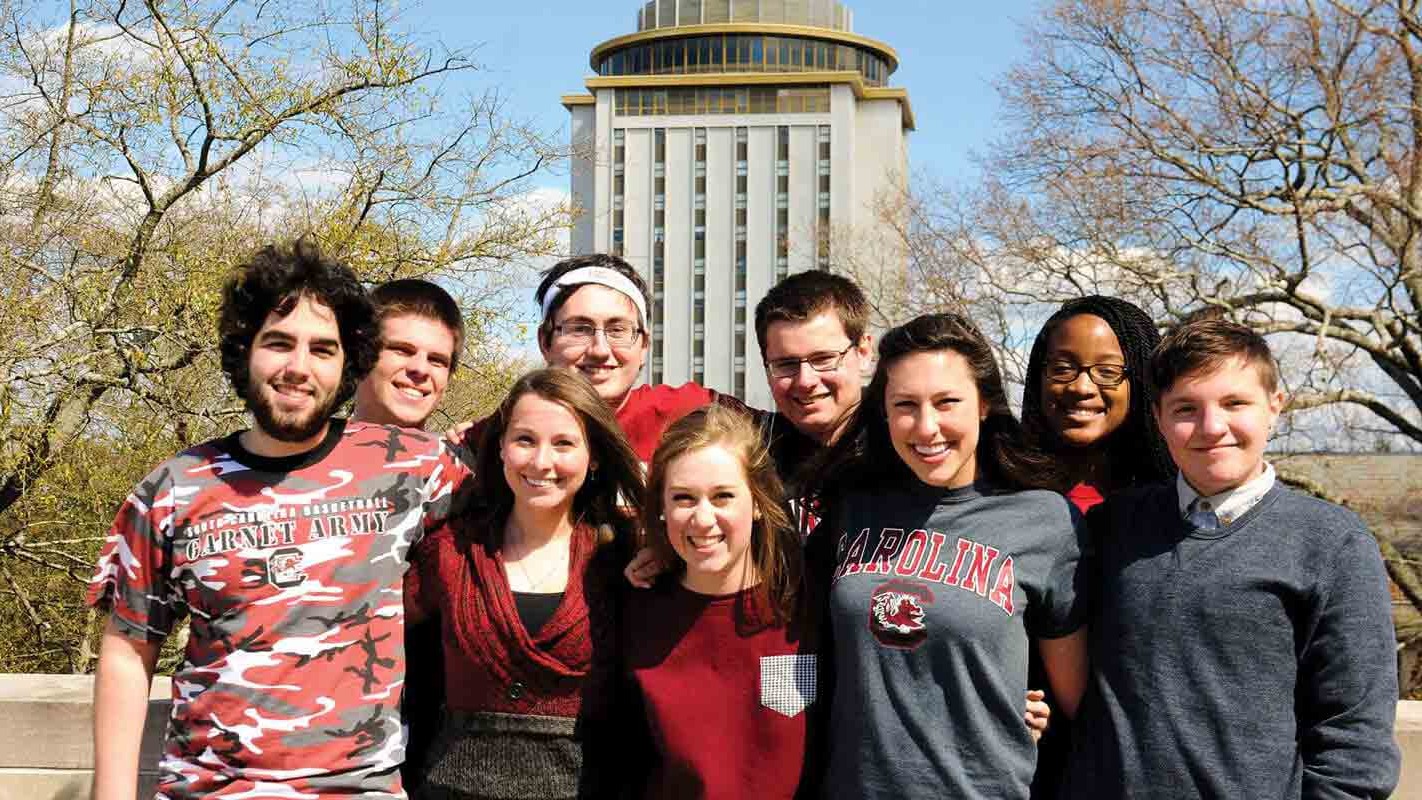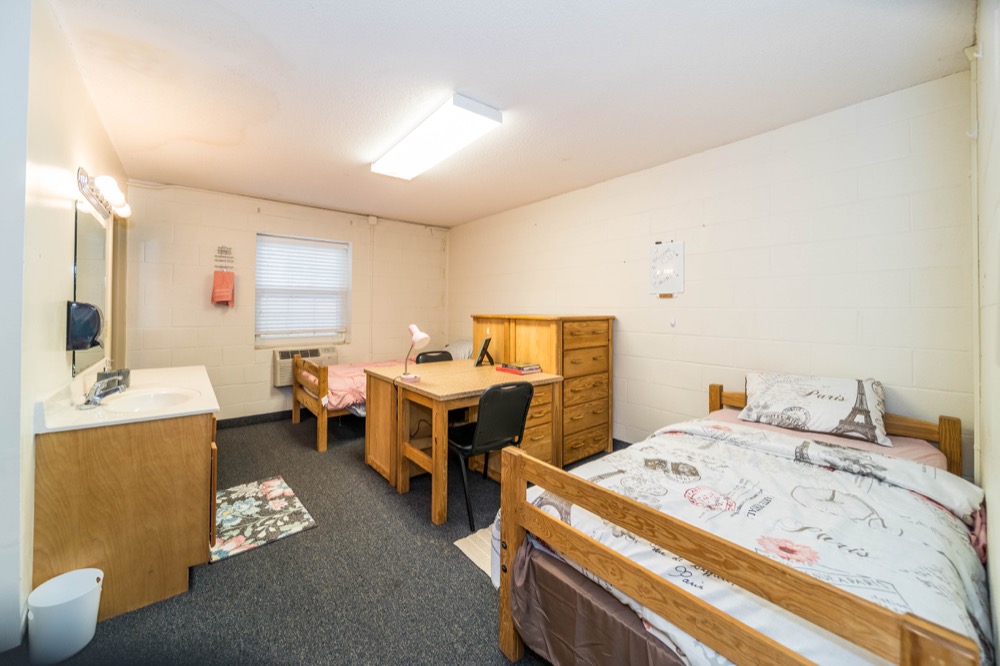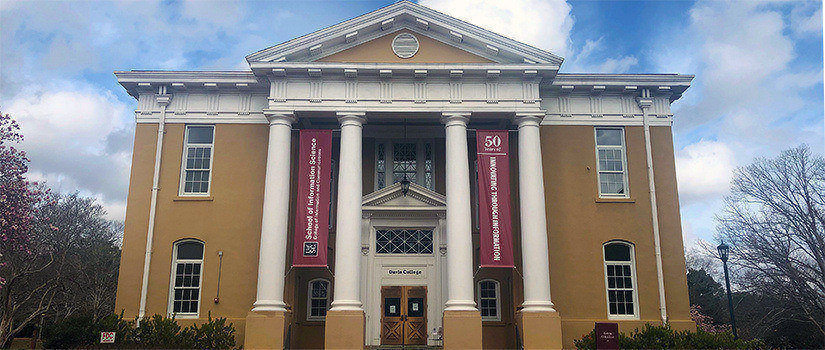About

University Type
Public

South Carolina,
United States

Year Established:
1801
The University of South Carolina (USC, U of SC, South Carolina, SC, or simply Carolina) is a public research university in Columbia, South Carolina. It has seven satellite campuses throughout the state and its main campus covers over 359 acres (145 ha) in downtown Columbia not far from the South Carolina State House. The university is classified among "R1: Doctoral Universities with Highest Research Activity". It also houses the largest collection of Robert Burns and Scottish literature materials outside Scotland, and the world's largest Ernest Hemingway collection. Founded in 1801 as South Carolina College, Columbia is the flagship institution of the University of South Carolina System and offers more than 350 programs of study, leading to bachelor's, master's, and doctoral degrees from 14 degree-granting colleges and schools. The university has a total enrollment of approximately 52,000 students, with over 35,000 on the main Columbia campus as of fall 2019, making it the largest university in South Carolina. USC also has several thousand future students in feeder programs at surrounding technical colleges. Professional schools on the Columbia campus include business, engineering, law, medicine, pharmacy, and social work.
Rankings

#121
USNews

#605
QS
University of South Carolina Program Rankings
-
Electrical Engineering (Masters) - Rank #90 (US News)
University of South Carolina Highlights
FAQs
What are the most popular graduate programs offered at University of South Carolina?
At the University of South Carolina, some of the most popular graduate programs include Business Administration, Engineering, Public Health, and Education. These programs are renowned for their comprehensive curriculum and strong emphasis on research and practical application, preparing students effectively for their respective professional fields.
What is the Annual Cost of attendance at University of South Carolina?
For the academic year, the estimated annual cost of attendance for an international undergraduate at the University of South Carolina is approximately $50,000 USD, which includes tuition fees and living expenses. As of the latest exchange rate, this amounts to about ₹40,60,000 INR, rounded to the nearest hundreds.
What Financial aid and scholarship options are available at University of South Carolina?
The University of South Carolina offers a variety of financial aid options including scholarships, grants, and loans. Students can apply for financial aid through completing the Free Application for Federal Student Aid (FAFSA) and checking the university’s financial aid website for specific scholarships applicable to both domestic and international students. Deadlines and eligibility criteria are clearly outlined for each aid option.
What is the reputation and ranking of University of South Carolina?
The University of South Carolina holds a strong reputation, particularly in its International Business program which is consistently ranked among the top programs nationwide. Additionally, its Public Health and Engineering programs are highly regarded, reflecting the university's commitment to academic excellence and innovation across various disciplines.
What is the campus culture like at University of South Carolina?
The campus culture at the University of South Carolina is vibrant and engaging, with numerous opportunities for student involvement. The university hosts various cultural festivals, sports events, and has over 400 student organizations, including academic clubs, cultural groups, and recreational sports teams. This diverse environment fosters a strong sense of community and belonging among students.
What are the housing options at University of South Carolina?
At the University of South Carolina, students can choose from multiple on-campus housing options including residence halls and apartment-style living. For those preferring off-campus living, popular areas include the neighborhoods of Rosewood, Shandon, and the Vista, all of which offer various rental options and are conveniently located close to campus, providing a mix of residential comfort and accessibility to university facilities.
